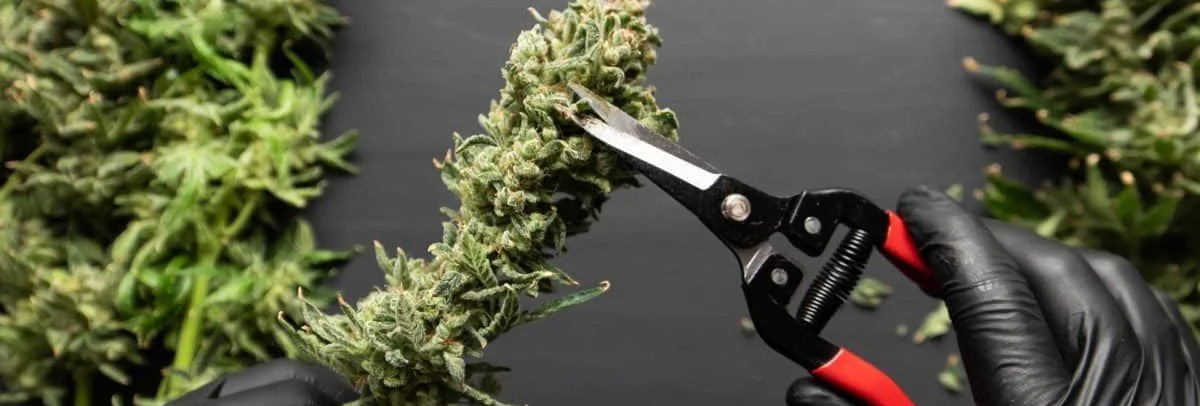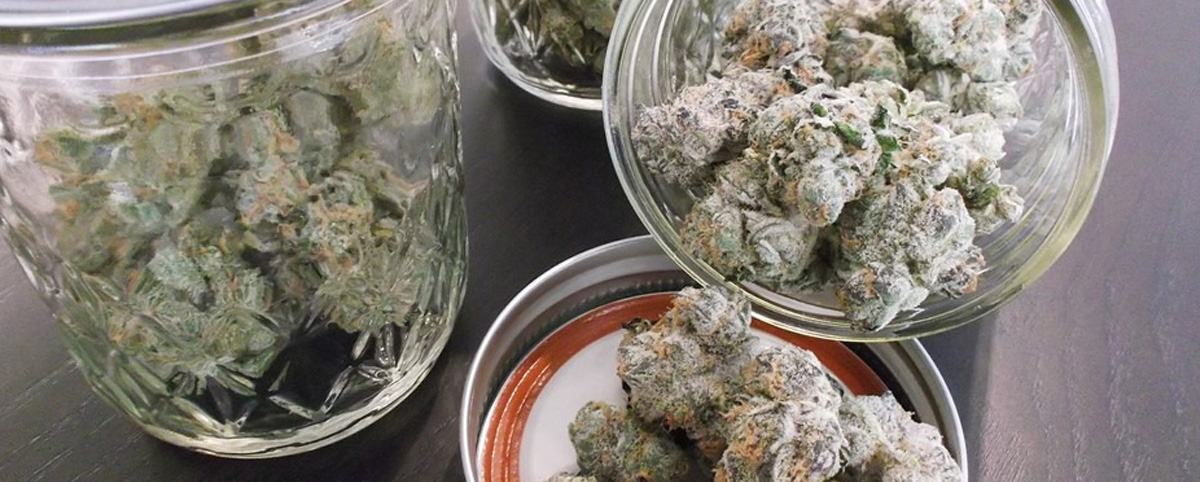Harvesting Cannabis: Don't Rush It!To ensure that your hard work in cultivating cannabis doesn't go to waste, it's essential to follow these key steps: harvesting, drying, and curing. These steps determine whether your carefully cultivated cannabis will achieve its full potential.
Harvesting Timing:
Choosing the right time to harvest is the first crucial step in ensuring cannabis quality. Typically, cannabis plants mature within 8 to 12 weeks after flowering, but the most accurate way to judge is by observing resinous substances on the plant's leaves and flowers.
Observing Trichomes: As the cannabis plant approaches maturity, the trichomes on its leaves will change from clear to milky white and eventually to amber. Using a magnifying glass to observe the color change in these trichomes is key to determining the optimal harvest time. When the trichomes are predominantly milky white, it indicates that the THC content has peaked, making it the ideal time for harvest.
Yellowing of Leaf Tips: Mature cannabis plants often exhibit yellowing of the leaf tips, which is one of the natural signs of ripeness.

Drying Process:
Drying is the first step after harvesting, where the moisture is slowly removed from the plant to prevent mold formation while preserving the aroma and potency of the cannabis.
Control Environmental Conditions: The ideal drying environment should maintain a temperature of 18-21°C and a relative humidity between 50% and 60%. High temperatures or humidity increase the risk of mold growth, while low temperatures may result in over-drying and loss of aroma.
Ventilation: Ensure proper airflow in the drying space by using fans, but avoid direct airflow on the plants to prevent excessive drying.
Curing Process:
Curing is the final step in enhancing cannabis quality, as it improves the aroma and effects of the buds.
Curing in Sealed Containers: Place the dried cannabis in sealed glass jars for curing. This allows for controlled air exchange and maintains a consistent environment. Open the jars for a few minutes each day to let fresh air in, helping to evenly release moisture from the plant.
Duration: Curing typically takes 2-4 weeks, but some cannabis strains may benefit from longer curing periods, even up to several months. Well-cured cannabis will provide a smoother smoking experience and a richer aroma.
After undergoing the careful processes of harvesting, drying, and curing, the next important steps are quality testing and proper storage, which are crucial for maintaining the potency and aroma of your cannabis.

Quality Testing:
Successful quality testing relies on careful observation and sensory evaluation. Mature cannabis should exhibit dense, resinous flowers with distinct, potent aromas. When lightly touched, it should feel dry yet slightly sticky, indicating a rich concentration of active compounds.
Storage Methods:
Proper storage is essential for preserving the quality of cannabis. The best storage conditions are in a dry, cool place away from direct sunlight. Storing cannabis in sealed glass jars helps maintain freshness and aroma. Regularly inspect and gently shake the containers to ensure airflow between the buds, preventing mold formation. By following these guidelines, you can extend the shelf life of your cannabis and enjoy long-lasting quality.
For more tips on cannabis cultivation, feel free to contact us by clicking the chatbox below.























